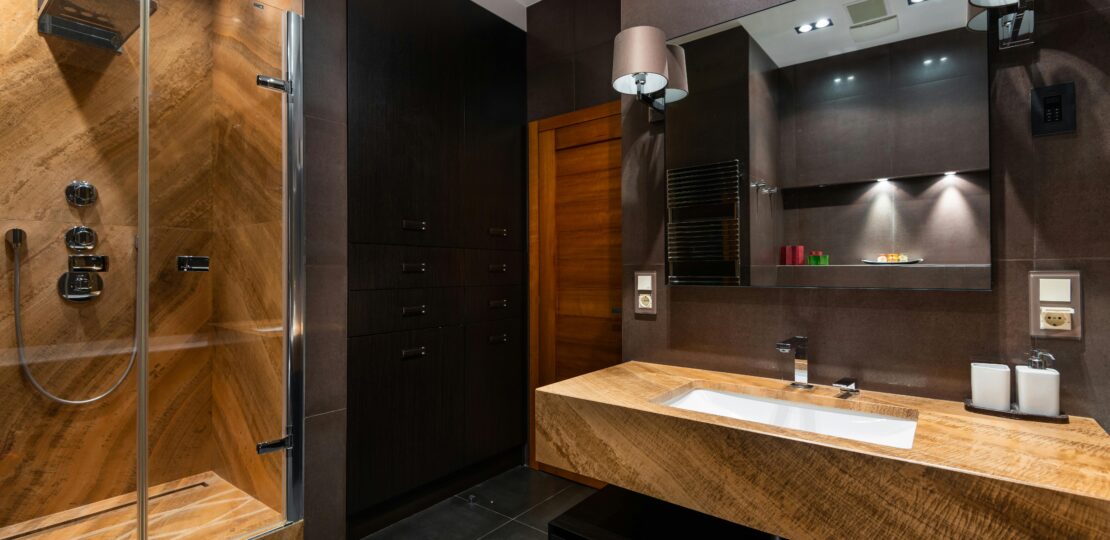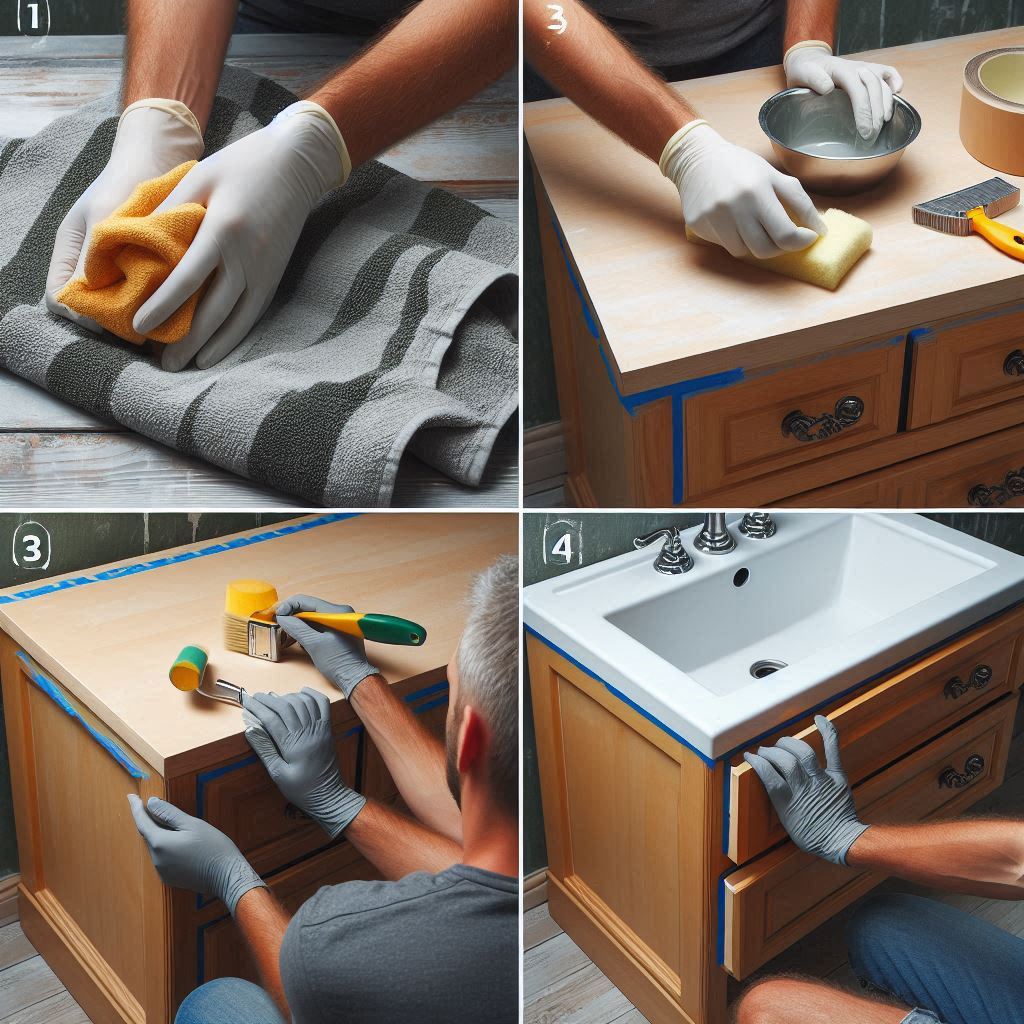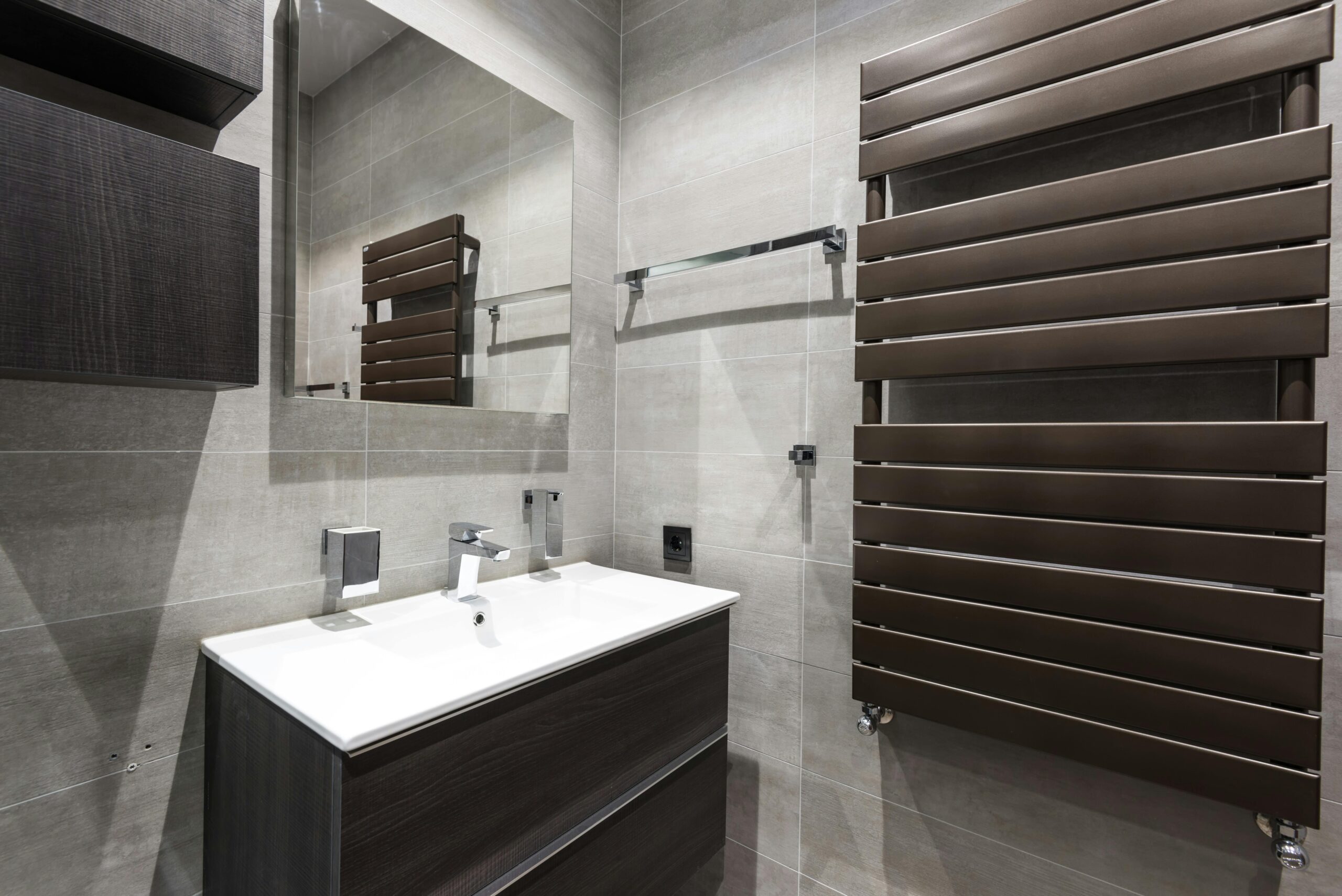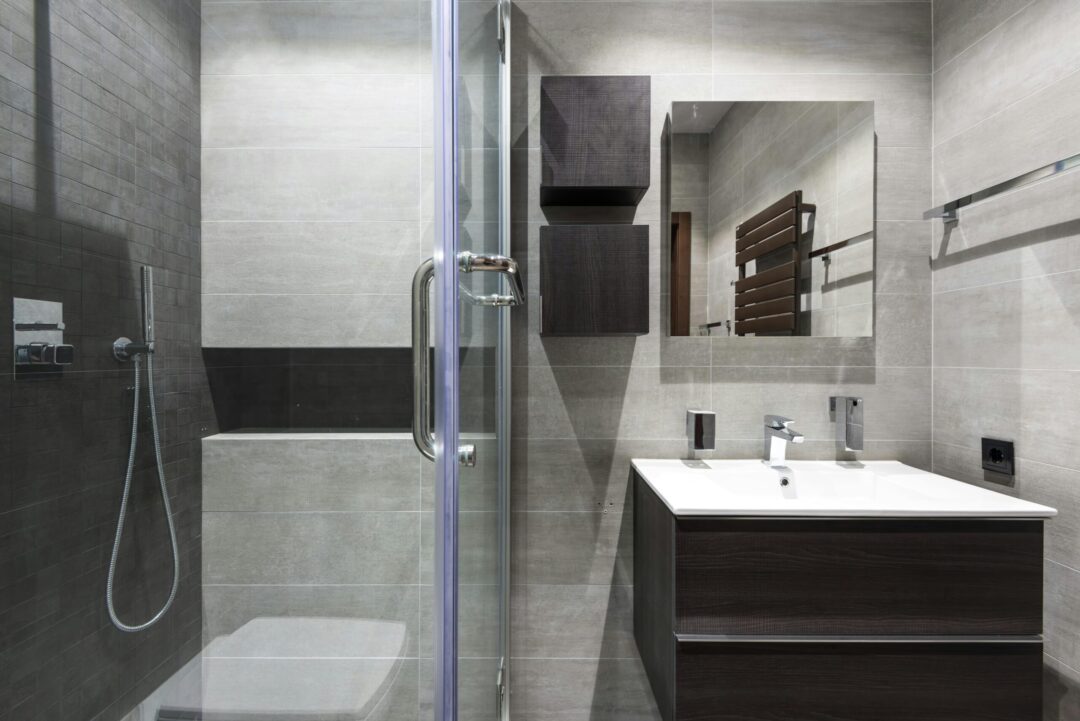Vanity Material Guide: Comparing Wood, Quartz, Marble, and More
October 31, 2024 | by Diana Lane

Choosing the right material for your bathroom vanity can transform the look and functionality of your space. With options like wood, quartz, and marble, understanding the differences helps you select a vanity that suits your style, budget, and long-term needs. Let’s explore each material and its advantages to guide you in making the ideal choice for your bathroom.
Why Material Matters in Bathroom Vanities
The material you choose influences the durability, maintenance, and overall look of your bathroom. High-quality materials, especially in moisture-prone spaces, enhance the vanity’s longevity and make maintenance easier. If you’re considering an eco-friendly approach to bathroom decor, materials like reclaimed wood or sustainable bamboo offer aesthetic appeal and environmental benefits. Learn more about how eco-friendly design fits into a bathroom upgrade by visiting our sustainable home tips on The Perfect Vanity.
Solid Wood: Classic and Versatile
Solid wood is a popular vanity material for its timeless look and durability. It’s available in numerous types, including oak, maple, and mahogany, each offering a unique grain pattern that adds natural elegance to any bathroom.
- Pros: Known for its strength and longevity, solid wood can withstand frequent use, making it perfect for busy bathrooms. It’s also easy to refinish, so you can refresh its look without needing a full replacement.
- Cons: Wood is more susceptible to water damage and may warp if not sealed properly. Regular maintenance is required to keep it looking fresh, especially in high-humidity environments.
- Design Tip: Pair a wooden vanity with brass or matte black hardware for a modern rustic look.
Solid wood fits well in both traditional and contemporary designs. For a vanity that blends rustic charm with modern functionality, wood is an excellent choice.
Quartz: Low Maintenance and Stylish
Quartz is a durable, non-porous material that resists staining and scratching, making it one of the top choices for bathroom countertops. Because quartz is engineered from natural stone and resin, it provides the look of stone without the need for extensive upkeep.
- Pros: Quartz is highly resistant to stains, scratches, and bacteria growth. Its low maintenance nature makes it perfect for households looking for an elegant yet functional vanity material.
- Cons: Quartz tends to be more expensive than other materials, so it may not be the best option for budget-conscious buyers.
- Design Tip: Quartz comes in a wide array of colors, so consider a bright white or soft gray quartz vanity to create a clean, polished look.
For further insights into bathroom vanity styles that work well with quartz, check out these design inspirations on Houzz, where you’ll find ideas for combining quartz with both minimalist and luxurious decor themes.
Marble: Luxurious and Elegant
Marble has long been prized for its luxury and timeless appeal. Its smooth surface and unique veining patterns make it a favorite choice for high-end bathrooms.
- Pros: Marble exudes elegance and sophistication. Its classic appearance complements various design styles, from traditional to ultra-modern.
- Cons: Marble is porous, making it more susceptible to stains and scratches. Regular sealing and maintenance are necessary to preserve its pristine look.
- Design Tip: Use marble as a statement piece in a bathroom with neutral tones, allowing the natural veining to stand out.
While marble is more high-maintenance than quartz, it’s perfect for those willing to invest in a luxurious, iconic look for their bathroom.
Granite: Durable and Natural
Granite is another natural stone known for its toughness and beauty. Like quartz, granite is resistant to heat and scratches, making it suitable for high-traffic bathrooms.
- Pros: Each granite slab is unique, which adds character to your vanity. Granite also offers excellent durability, especially in moisture-rich environments.
- Cons: Granite can be expensive and requires sealing to prevent water absorption. It’s slightly more limited in color variations compared to quartz.
- Design Tip: For a bold look, select a dark granite with a high-gloss finish to create a dramatic contrast in light-colored bathrooms.
Granite’s durability and elegance make it an ideal material for those looking to balance style and strength.
Laminate: Budget-Friendly and Stylish
Laminate has come a long way and is now available in various finishes that can mimic wood, stone, and even concrete. This material is perfect for those who want a stylish look without the price tag of natural materials.
- Pros: Laminate is one of the most affordable vanity materials. It’s easy to clean and maintain, and modern laminates can closely resemble pricier options.
- Cons: Laminate can be prone to scratching and doesn’t have the same longevity as stone or wood.
- Design Tip: Use laminate in guest or secondary bathrooms to achieve a high-end look for less.
Laminate is a practical choice for those seeking style on a budget. For small bathrooms or powder rooms, laminate can offer excellent value.
Concrete: Modern and Industrial
Concrete vanities have gained popularity in modern and industrial-style bathrooms. This material can be customized in terms of size, shape, and color, allowing for truly unique designs.
- Pros: Concrete is durable and can be molded into various shapes and sizes, offering endless customization options.
- Cons: Concrete is porous and can stain if not sealed properly. It’s also heavy, requiring adequate support during installation.
- Design Tip: Pair a concrete vanity with metal or wood accents to enhance the industrial vibe.
Concrete offers a unique aesthetic for those looking to make a statement in their bathroom design.
Choosing the Right Vanity Material for Your Bathroom
Ultimately, the best vanity material depends on your budget, maintenance preferences, and design vision. Each material has unique characteristics, and the right choice should align with the bathroom’s overall function and style. For families, a low-maintenance quartz or laminate option may be more suitable, while marble and wood can elevate master bathrooms with a touch of luxury.
For more tips on vanity design and selecting the best options for different bathroom spaces, explore our comprehensive guide to vanity size and style.
When choosing between wood, quartz, marble, and other materials, weighing the pros and cons of each option ensures you make the best choice for your bathroom.
RELATED POSTS
View all


